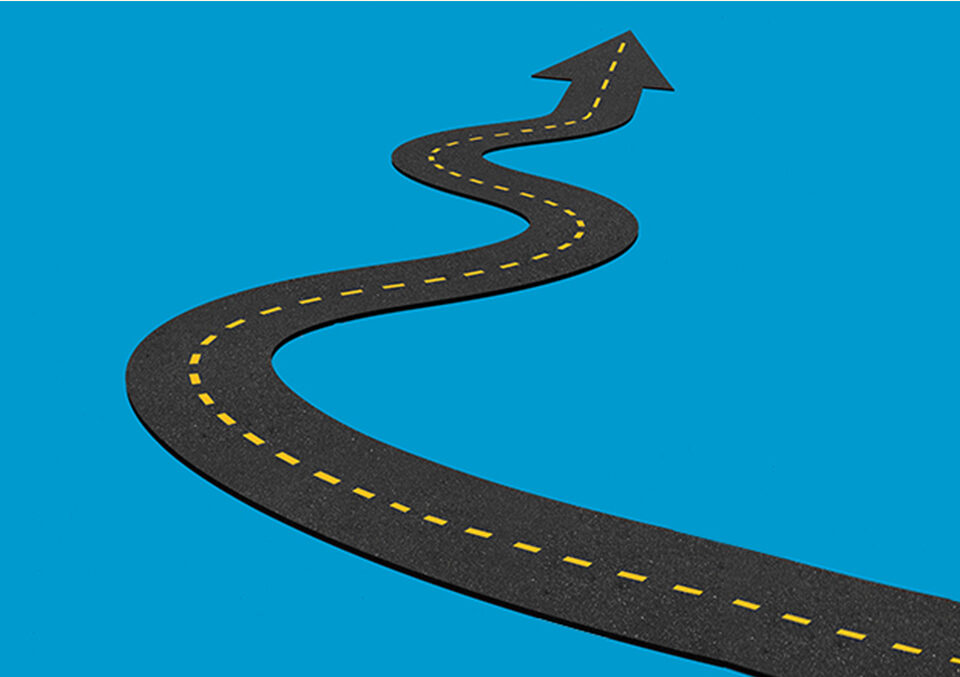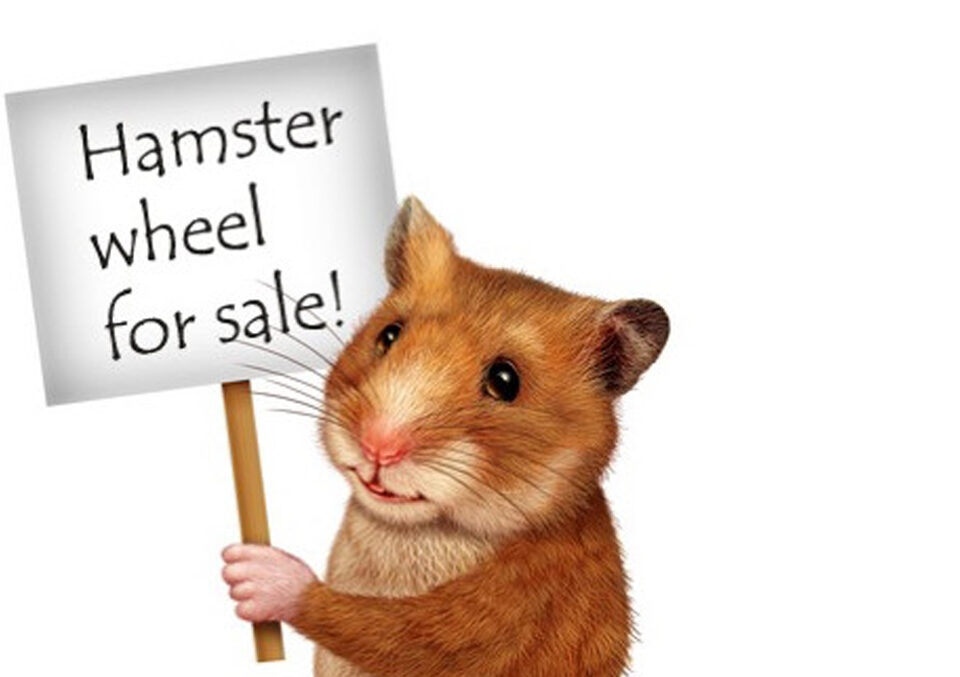
Major Gift Gratitude – It Feels So Good to Say Thank You contains 10 insights from nonprofit veteran Jim Eskin when saying “Thank You” for a financial investment. Here’s what Eskin has to share:
If there’s one thing that professional and volunteer non-profit leaders — especially fundraisers — should relish doing, it’s saying thanks — genuinely, passionately and profusely. If they don’t, I seriously believe they’re in the wrong business.
This is another shining example in the art and science of fundraising, where doing the right thing is also doing the smart thing.
Start with this reality: It’s terribly challenging to be a donor. Even the wealthiest can’t afford to fund all the requests they receive. They need to make difficult choices, not between the good and the bad, but between the good and the good.
Fundraisers should fully appreciate that donors are placing a high level of trust in them when they voluntarily contribute the precious gifts of time and money.
Being in the non-profit sector over four different decades, I know that wonderful “high” provided by thanking donors for their gifts. It feels great to do so.
Here’s the best part: It doesn’t take a lot of money and other resources to do it well. The overwhelming majority of our nation’s 1.5 million non-profits that are small or mid-size at best are equipped to do an excellent job. It just takes sincerity, an honest heart, and commitment.
Major Gift Gratitude – It Feels So Good to Say Thank You
This being the season for giving thanks, here are 10 insights I like to share with professional and volunteer fundraisers about acknowledging and thanking donors for their generosity:
- You cannot express your organization’s gratitude too many times. In fact, I emphasize the Rule of 7X: Every gift, whether it is for $100 or $1 million, should be acknowledged in seven distinct ways during the year. It can be anything from a handshake to a private or public lunch, or recognition on social media. If possible, try to space out these expressions of gratitude throughout the year.
- Time is of the essence. As soon as possible, express gratitude through a variety of communication channels and ways. Make sure donors sense your excitement about receiving their gift. Nothing conveys that excitement like an immediate phone call after the check arrives in the mail or on your online giving system. They can hear the enthusiasm in your voice. As much as I use e-mail, I don’t think the enthusiasm can be duplicated that way.
- Convey how their gift is going to champion the mission of your non-profit in touching, improving and saving lives. Be as specific as possible. They are investors in advancing the mission.
- In this factoid-laden world, stories tap more emotion. Share personal perspectives on how their gifts are going to make the world better and brighter.
- I’m not excited about sharing cups, pens and other promotional merchandise. Too many donors feel they already have too much “stuff” in their lives, and don’t know where to put these gifts. Also, there will be donors who would think such thank you gifts aren’t a prudent use of finite non-profit resources.
- My exceptions are sharing videos or photos of how gifts empower the mission. It’s amazing the results that can be obtained from most smart devices, like your phone. Seeing is believing, and you can e-mail videos or photos right away that illustrate the mission in action.
- Many non-profits enjoy strong results from the celebration of donor-versaries. This can be as simple as a postcard or e-mail marking one year or another milestone since the donor made their first gift.
- Encourage board members to make random thank you calls to donors. They might often result in leaving voice mail messages, but an unexpected call from one of your organization’s leaders will still leave an uplifting impact. This is also a terrific way to engage board members and volunteers who are reluctant to participate in other phases of fundraising.
- Be careful not to TH-ASK! That is inappropriately mixing a thank you with a new solicitation.
- Finally, my favorite way to thank someone is to send them a handwritten card or note immediately after the gift is made. In today’s digital world, handwritten notes are rare. They will help you stand out and achieve stronger personal impact than other forms of communication. Unlike e-mail, they might even be kept by the donor.
As I noted in the beginning, in the fundraising world, the right thing to do is typically the smart thing to do. Non-profits shouldn’t implement robust stewardship activities because there is a strong return on the investment. But there is no doubt that there will be handsome dividends. The most handsome dividend being simply how good it feels to say the two golden words: Thank You!
The late poet Maya Angelou said: “People won’t remember what you said, or even what you did, but they will never forget how you made them feel.” Our job in stewardship is making donors feel like the most important people in the world to us!
Major Gift Gratitude – It Feels So Good to Say Thank You was first posted at National Development Institute
For more articles like Major Gift Gratitude – It Feels So Good to Say Thank You VISIT HERE
 Jim Eskin’s consulting practice, Eskin Fundraising Training builds on the success of his more than 150 fundraising workshops and webinars and provides the training, coaching and support services that non-profits need to compete for and secure major gifts. He has authored 100 guest columns that have appeared in daily newspapers, business journals and blogs across the country, and publishes Stratagems, a monthly e-newsletter exploring timely issues and trends in philanthropy. Sign up here for a free subscription. He is author of 10 Simple Fundraising Lessons, which can be purchased here.
Jim Eskin’s consulting practice, Eskin Fundraising Training builds on the success of his more than 150 fundraising workshops and webinars and provides the training, coaching and support services that non-profits need to compete for and secure major gifts. He has authored 100 guest columns that have appeared in daily newspapers, business journals and blogs across the country, and publishes Stratagems, a monthly e-newsletter exploring timely issues and trends in philanthropy. Sign up here for a free subscription. He is author of 10 Simple Fundraising Lessons, which can be purchased here.


